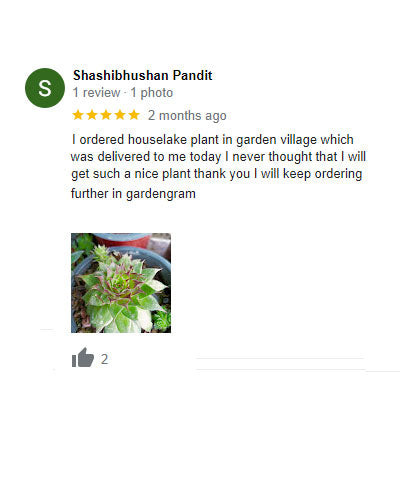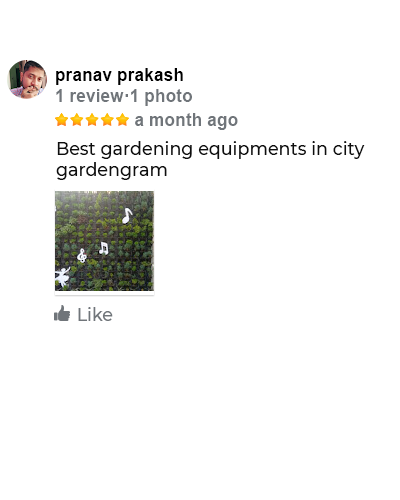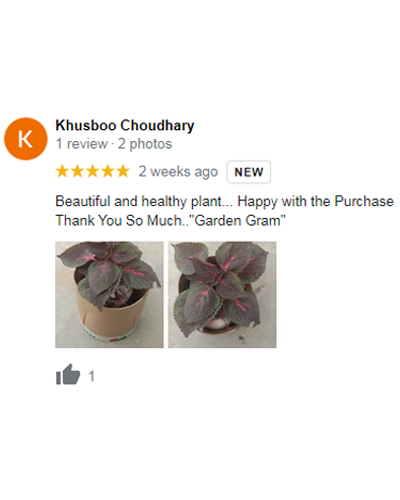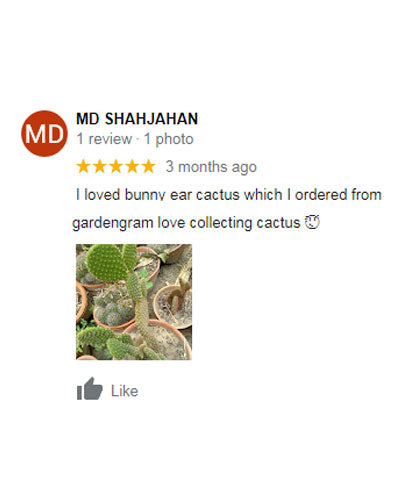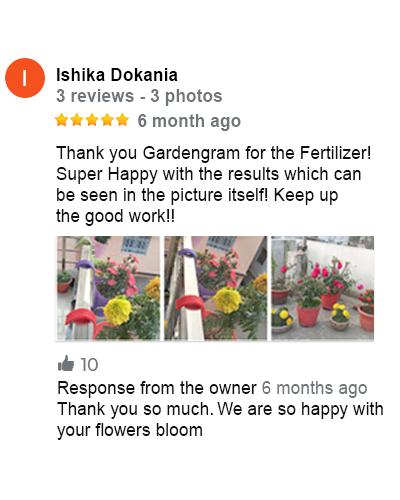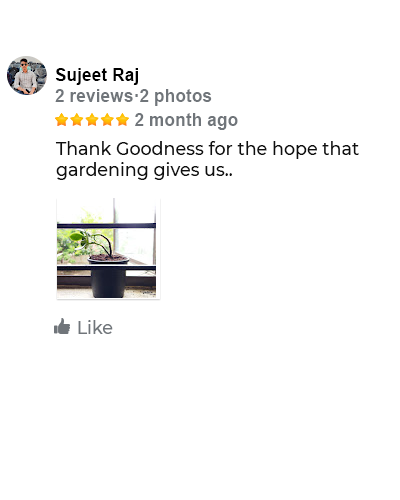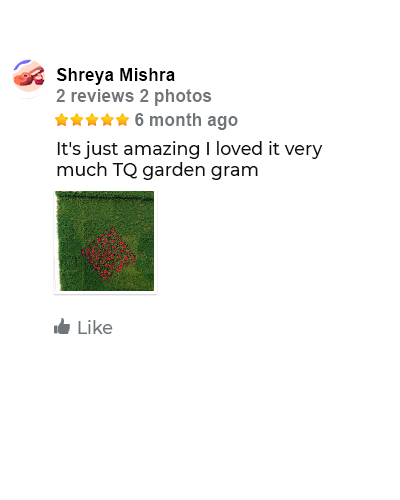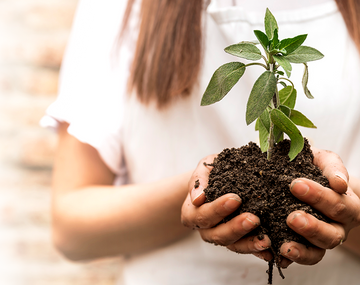When and How to Repot Your Indoor Plants
Hey there, plant enthusiasts! Welcome to the ultimate guide on one of the most crucial yet often overlooked aspects of plant parenthood: repotting. Whether you're a seasoned green thumb or just diving into the world of indoor gardening, understanding when and how to repot your leafy buddies is a game-changer.
Picture this: your indoor plants are like tenants in their pots, and just like any tenant, they need a fresh space every now and then. We’re here to unravel the mysteries of repotting, diving into its significance, the signs your green friends drop when they’re craving a new home, and how to ensure a seamless transition for them.
So, if you've ever pondered over those crowded roots or wondered why your once-perky plant isn’t thriving, stick around! We’re about to unveil the secrets of repotting and how it’s the unsung hero in your plant’s journey to becoming a lush, thriving superstar.
Signs Your Plant is Ready for Repotting
So, how do you know it’s time to give your leafy pals a bit more space? Well, keep an eye out for a few signs that they’re feeling a tad cramped.
First off, peek at those drainage holes. If roots are making a sneaky escape through there, it’s a solid hint that your plant’s outgrown its current digs.
Next up, if your plant’s growth seems a bit stunted despite your TLC, or if water seems to rush right through the pot like it’s in a hurry, these signs suggest it might be time for an upgrade.
Remember, plants can’t text us to say they need more room, but they do have ways of letting us know. So, keep an eye out for these signals—they’re like little green SOS calls, telling you it’s repotting time!
Understanding Plant Growth
Getting a grip on how plants grow indoors is like unlocking their little green secrets. These fellas have growth cycles that dictate when they need some extra space or a new pad altogether. And guess what? Roots play a starring role in their health drama.
See, these roots aren’t just chilling underground; they're pulling in all the nutrients for your plant buddies. But when they start feeling cramped or tangled up, it’s like a traffic jam for your plant’s well-being.
Understanding this growth cycle gives you the inside scoop on when your plant might be feeling a bit snug and nudges you to consider giving it a roomier home. It's like tuning in to your plant’s preferences and making sure they've got the space they need to thrive.
How Roots Affect Plant Health
Roots are the unsung heroes of a plant's life. They absorb nutrients, anchor the plant, and play a significant role in its overall health. If the roots become overcrowded or bound, it can lead to a decline in the plant’s well-being.
Choosing the Right Time
Timing matters when it comes to repotting your indoor buddies. Consider the seasons – spring or early summer tends to be the sweet spot. Why? Because that’s when many plants are in their active growth phase, making it easier for them to adjust to a new home without too much stress. Paying attention to this timing can set your plants up for a smooth transition and healthy growth ahead.
Signs Your Plant is Ready for Repotting
You know it's time to give your leafy buddy a new home when it starts showing some telltale signs that it's feeling a bit cramped in its current pot. Keep an eye out for these indicators:
- Roots Sneaking Out: If you notice roots peeking out from the drainage holes or even curling around the surface of the soil, your plant is sending a clear signal that it's running out of space.
- Stunted Growth: Has your once-vibrant plant suddenly slowed its growth? It might be struggling because its roots don’t have enough room to spread out and absorb nutrients.
- Water Woes: When you water your plant and the water seems to rush right through the pot instead of soaking in, it’s a sign that the roots have taken over most of the available space.
- Top-Heavy Troubles: If your plant seems a bit top-heavy or leans significantly to one side, it might be trying to tell you that its roots need a bit more stability.
- Soil Drying Out Quickly: If the soil dries out unusually fast between waterings, it could mean that the roots have taken up so much space that there isn’t enough soil left to retain moisture.
Keeping an eye out for these signs helps you become your plant's personal detective, ensuring it gets the upgrade in space it needs to keep thriving!
Selecting the Perfect Pot
Pot Size and Material matter more than one might think. A pot too large can lead to overwatering, while one too small stunts growth. Material-wise, consider porous containers to allow better aeration for roots.
Drainage and Aeration: Key Factors
The perfect pot isn’t just about size and material; it’s about ensuring proper drainage and aeration. Good airflow around the roots is essential for their health.
Preparing for Repotting
Gathering Supplies beforehand makes the process smoother. You’ll need a new pot, fresh soil, and tools for the job. Prepare the Plant by watering it a day or two in advance to ease the transition.
Repotting Techniques Step-by-Step Guide
First things first, gently ease the plant out of its current pot. Don’t yank it, we’re aiming for a smooth move here. Once it’s out, shake off excess soil, and take a good look at those roots. If they’re a bit tangled or circling the pot (they’re trying to tell you they need more space), gently loosen them up.
Now, here’s the crucial part: pick the right-sized new pot. Not too big, not too small. Ensure it has drainage holes. Layer some fresh soil at the bottom, just enough to give your plant a boost.
Place your green friend in the center of the pot and fill in around it with soil. Pat it down gently, not like you’re building a sandcastle but enough to give it some stability. Water it lightly to help settle everything in.
Tips for Minimizing Stress on Plants
Treat your plant like royalty during this process. Try not to disturb the roots more than necessary. Imagine you’re handling delicate spaghetti – be gentle! Avoid compacting the soil too much; your plant needs room to breathe, you know?
If you’re switching to a new pot, give it a quick rinse to remove any nasties and let it dry before welcoming your plant into its new home. And remember, don’t repot on a super sunny day. Your plant’s feeling a bit fragile after this whole ordeal, so let it settle in a shady spot for a bit before basking in the sun again.
There you have it! Repotting, is done like a pro. Your plant will appreciate the extra space and care, and you get to enjoy a thriving, happy green companion.
Dealing with Root-Bound Plants
Dealing with root-bound plants is like giving your green buddies a cozy sweater that's become too tight. When a plant's roots start circling the pot or poking out from the bottom, it's a sign they're feeling a bit cramped. But fear not, there's a gentle way to help these roots stretch out and thrive.
First off, gently handling the plant is key. Think of it as untangling a knot in a necklace chain; you want to be patient and careful. Start by loosening the root ball with your fingers. Tease out those roots a bit to encourage them to explore their new space.
Trimming some of the longer, circling roots can also give your plant a fresh start. Don't worry; you're not hurting the plant. You're actually encouraging new root growth, which is like giving it a breath of fresh air.
Once you've freed the roots, it's time to introduce the plant to its new, roomier home. Choose a pot that's slightly larger than its previous one to give those roots some space to wander. Fill it with fresh, nutrient-rich soil to support healthy growth.
After the transplant, give your plant some extra TLC. Water it gently and provide the usual care, but keep an eye on it for a while. It might need a bit of time to settle into its new digs.
Remember, dealing with root-bound plants is like offering them a chance to spread their roots and thrive. It might seem a bit daunting at first, but with a gentle touch and some patience, you'll give your plant a new lease on life.
Additional Tips
Aftercare and Maintenance: After repotting, give your plant some settling time. Adjust watering to avoid shocking the plant and monitor its health closely to ensure it adapts well to its new environment.
Watering and Settling Period: During the settling period, adjust the watering schedule. The plant might need a bit less water initially to acclimate to its new home.
Monitoring Plant Health Post-Repotting: Keep a close eye on your plant for a few weeks post-repotting. Any signs of distress or changes in growth patterns might need attention.
Propagation Opportunities: Repotting presents an excellent opportunity for Propagation. Take cuttings or divide plants to create new ones and maximize Growth Potential.
Reviving Stressed Plants
It’s pretty common for plants to feel a bit under the weather post-repotting—they've just been through a move, after all. But fear not, there are a few tricks up our sleeves to help them perk up.
First off, keep an eye out for Signs of Stress in your plant buddies. They might look a tad droopy, lose a few leaves, or just seem generally unhappy. Don't panic! Adjusting their surroundings can work wonders.
Think of it like a spa day for your plants: pamper them with the right amount of light, make sure they're not feeling too parched or drowning in water, and consider a little trim if there are damaged parts. Sometimes, just a little snip here and there can take away some of the stress.
Humidity plays a role too. If it's feeling a bit dry, a misting session might give them that extra moisture they're craving.
Oh, and one more thing—patience is key. Plants, much like us, need a bit of time to bounce back. So, give them a chance to settle into their new digs before you expect them to perform their photosynthetic magic again.
Frequently Asked Questions (FAQ):
1. What should you not do when repotting?
When repotting, avoid these common mistakes: Don't choose an excessively large pot. Stick to a size that allows for slight growth but not an overwhelming amount of extra space. Avoid repotting a dry plant. Water it a day or two before to ensure it's adequately hydrated. Don't pack the soil too tightly around the roots. Allow for proper aeration.
2. What to do before repotting a plant?
Preparation is key, Water your plant a day or two before repotting to make the process smoother. Gather all necessary supplies: new pot, fresh soil, and tools for the job. Clear a space and ensure you have enough room to work comfortably.
3. Should you remove old soil when repotting?
It depends, If the old soil is excessively compacted or poor in quality, it's beneficial to remove some of it. However, if the soil appears healthy and isn’t overly compacted, you can leave some around the roots to minimize shock.
4. Is it OK to break roots when repotting?
Sometimes, it's necessary, If the roots are tightly bound or circling the pot, gently breaking a few can encourage them to grow into the new soil. However, try to minimize root damage as much as possible to prevent stress on the plant.
Embrace the chance to connect with your green pals and celebrate their growth! Don’t hesitate—grab that trowel and give your plants the space they deserve. Your leafy buddies will thank you with healthier, lusher vibes. Happy repotting! Ready to give your indoor greenery a refresh? Get your supplies and dive into repotting—it’s the ultimate way to show your plants some love!





